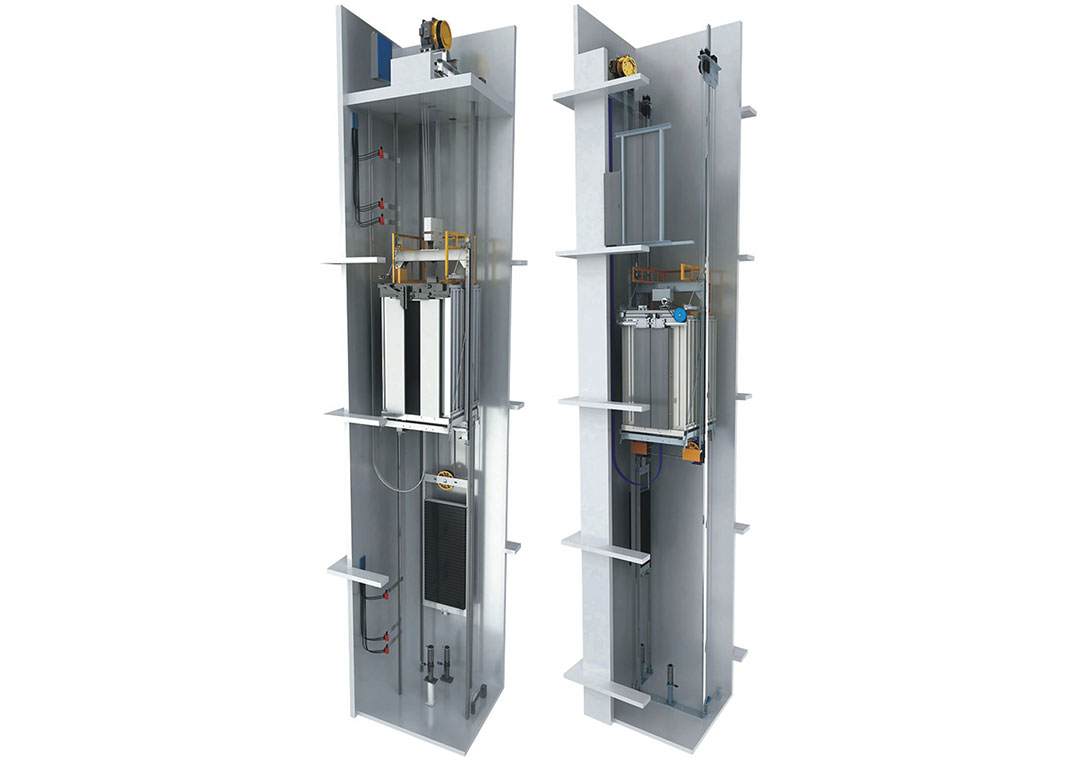The space and structural requirements for the installation and maintenance of a small machine room passenger elevator typically include the following considerations:
Sufficient vertical space for the elevator car to travel between floors.
Clearances above and below the elevator car to accommodate its movement.
Adequate space for housing the elevator machinery and control equipment.
Ventilation and access requirements as per manufacturer specifications.
A pit below the lowest level of the elevator shaft to accommodate the elevator's machinery, counterweight, and bottom of the elevator car.
Pit depth varies depending on the elevator model and specifications but typically ranges from about 1.5 meters (5 feet) to 2.5 meters (8 feet).
Structural support to bear the weight of the elevator system, including the car, counterweight, and machinery.
Ensure the building structure can withstand the additional load imposed by the elevator.
Stable foundation and footings to support the elevator shaft and pit.
Reinforcement as necessary to distribute the load evenly.

Access pathways for installation, maintenance, and emergency evacuation.
Clearance around the elevator shaft and machine room for service personnel and equipment.
Proximity to electrical power sources for the elevator motor and control systems.
Adequate space for wiring, conduits, and control panels.
Proper ventilation for the machine room to maintain equipment performance and prevent overheating.
Cooling systems may be required depending on the elevator's operational needs and environmental conditions.
Adherence to local building codes, elevator regulations, and safety standards regarding space and structural requirements.
Obtaining necessary permits and approvals from regulatory authorities.
These space and structural requirements ensure the safe and efficient installation, operation, and maintenance of small machine room passenger elevators in buildings. It's crucial to consult with elevator manufacturers, engineers, and regulatory authorities to ensure all specifications and regulations are met during the planning and installation phases.











